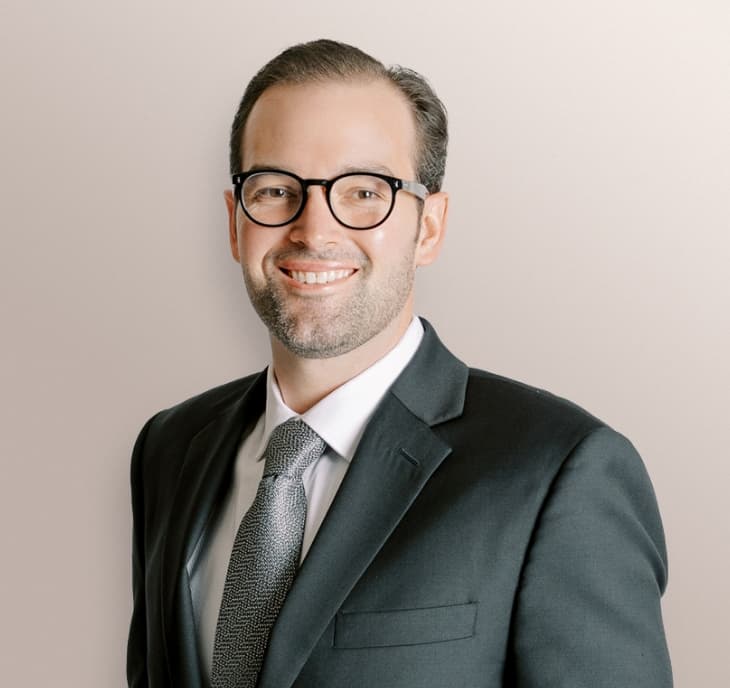When you’re considering a hair transplant, it’s natural to have questions. In fact, after years of performing advanced hair restoration procedures, I’ve noticed that virtually every patient asks the same three fundamental questions. These concerns are completely valid, and addressing them with complete transparency is essential to making an informed decision about your hair restoration journey.

Learn more about Dr. Montague
1. How Much Downtime Should I Expect?
This is perhaps the most practical question we hear, and for good reason. Your professional and personal life matter, and planning around your procedure is crucial for optimal results.
The reality: Most patients return to desk work within 48-72 hours after their procedure. The initial healing phase involves minimal visible signs when proper post-operative care is followed. You’ll experience some mild swelling and small scabs at the transplant sites, but these are easily managed with our detailed aftercare protocol.
What to expect in your first week:
- Days 1-3: Rest and gentle care with provided instructions
- Days 4-7: Gradual return to normal activities, avoiding strenuous exercise
- Week 2: Most visible signs of the procedure have resolved
- Week 3-4: Full return to all activities, including exercise
The key is following our precise post-operative instructions. Our specialized team provides comprehensive guidance, including regular appointments, to ensure your healing progresses smoothly while protecting your investment in natural-looking results.
2. Will the Procedure Be Painful?
I understand this concern completely. The thought of any procedure involving your scalp naturally raises questions about discomfort.
The truth: Modern hair transplant techniques, when performed by board-certified specialists, involve minimal discomfort. We use advanced local anesthesia protocols that keep you comfortable throughout the entire procedure. Most patients describe the experience as far less uncomfortable than anticipated.
During the procedure:
- Local anesthesia ensures you feel no pain during the transplant
- Most patients can watch movies or listen to music, many take a nap
- Our team monitors your comfort continuously and adjusts as needed
Post-procedure:
- Mild soreness similar to a minor scalp sunburn
- Pain medication typically provides adequate relief
- Most patients report less discomfort than expected
Our approach combines technical precision with patient comfort. We’ve refined our techniques over thousands of procedures to minimize any discomfort while maximizing results.
3. How Long Will My Results Last?
This question strikes at the heart of why you’re considering a hair transplant: you want a permanent solution to hair loss.
The science: Hair transplants use your own permanent hair follicles from the back and sides of your head, which are areas genetically programmed to resist hair loss. When these follicles are transplanted to thinning areas, they maintain their genetic characteristics and continue to grow permanently.
What this means for you:
- Transplanted hair is permanent and will continue growing for life
- Results mature over 12-18 months, with new hair growth beginning around month 3-4
- The artistic design ensures natural-looking results that age gracefully with you
- No ongoing maintenance treatments required for transplanted hair
Important considerations:
- Native hair in untreated areas may continue to thin over time
- We design your procedure with future hair loss patterns in mind
- Additional sessions may be desired as your hair loss pattern evolves
- Our comprehensive approach addresses both current and future needs
We’re often transplanting in areas that still have some hair, so in the future, patients will notice their hair thinning in the areas of the transplant, but this is because those native hairs are falling out, not because the transplanted hairs are falling out.
We also have many patients invest in their results by utilizing other treatments such as medical management or platelet-rich plasma (PRP).
The Art and Science of Permanent Hair Restoration
These three questions reflect the practical concerns of patients making a significant decision. Our approach addresses each concern through:
Technical Excellence: Board-certified facial plastic surgeons with specialized training in hair restoration techniques ensure optimal results with minimal discomfort and downtime.
Artistic Vision: We don’t just transplant hair, we restore natural hairlines and density patterns that look completely authentic and age appropriately.
Comprehensive Care: Our dedicated team guides you through every step, from initial consultation through final results, ensuring you understand exactly what to expect.
Long-Term Partnership: Hair restoration is a journey, not a single procedure. We build relationships that support you over time.
Your Next Step
If you’re ready to move beyond questions and toward solutions, our specialized team is here to provide personalized answers based on your unique situation. Every patient’s needs are different, and our comprehensive consultation process ensures you receive expert guidance tailored specifically to your goals.
The emotional impact of hair loss is real, but so is the confidence that comes from permanent, natural-looking restoration. When performed by specialists who understand both the technical precision and artistic requirements of hair transplantation, the results speak for themselves.
Schedule your consultation today to discuss your specific questions and discover how our proven approach can restore both your hair and your confidence.
Follow @quatelacenter_hairrestoration on Instagram for behind-the-scenes insights into advanced hair restoration techniques, real patient transformations, and expert tips for maintaining your results. Get immediate access to the latest innovations in surgical and non-surgical hair restoration options and see the artistry behind natural-looking results.

Leave a Reply